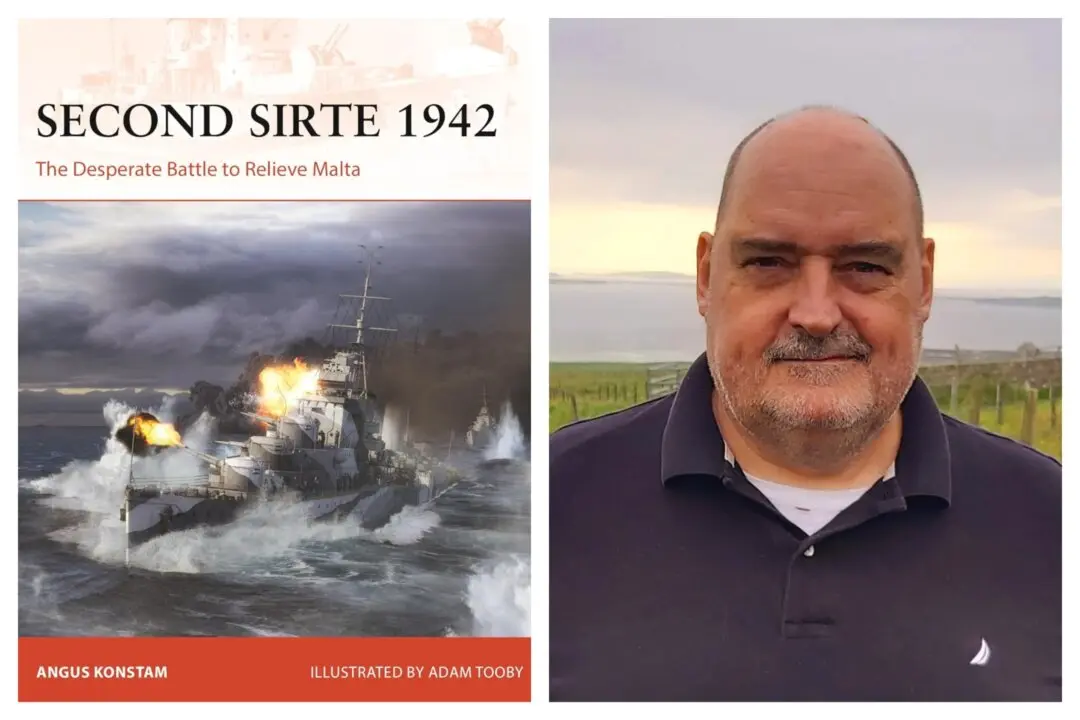J. N. Reynolds (1799–1858) was born into obscurity. The date of his birth is rather obscure as well. He was born sometime in the fall of 1799 in Cumberland County, Pennsylvania. There is even uncertainty if the “J” in his initials stands for Jeremiah or James. His father died a few years after his birth, leaving him obliged to not just defend himself against bullies, but also against his own obscurity.
One day, rumor has it, he stood upon a fence rail and railed against several men who laughed at his expense: “Gentlemen, I have no father to guide and protect me through life, and you have had your fun with me to-day. Many of you are old enough to be ashamed of thus rallying a young and unprotected boy; but, gentlemen, you know little about him of whom you are making fun, for I assure you the time is coming when you will feel proud that you ever rolled logs with Jeremiah N. Reynolds, and with this sentiment I bid you good-bye.”






